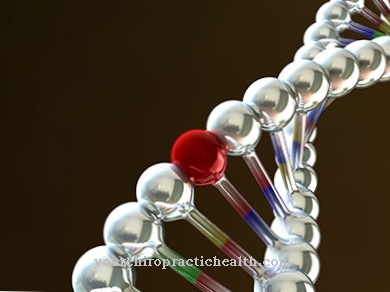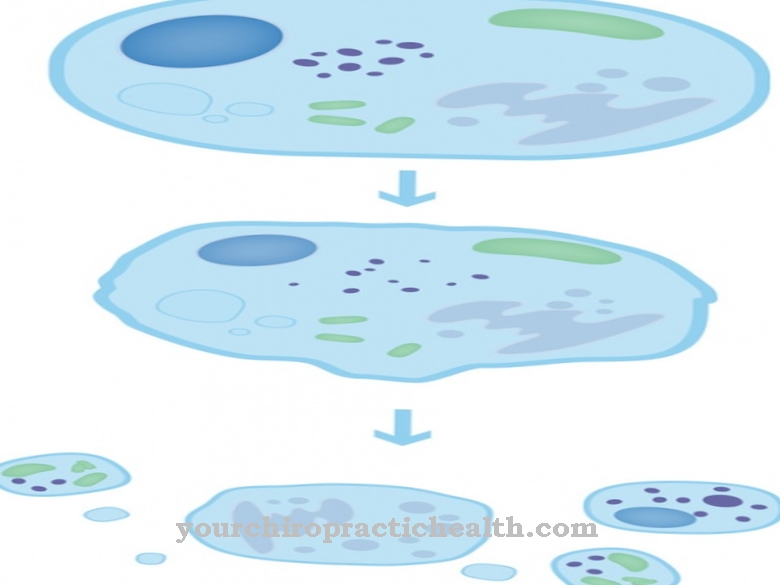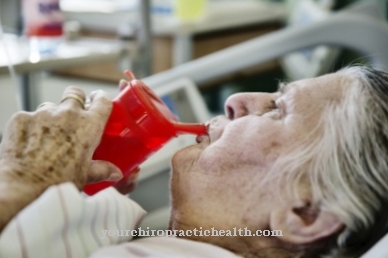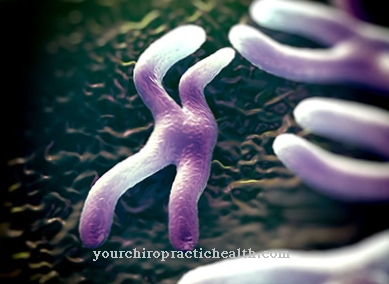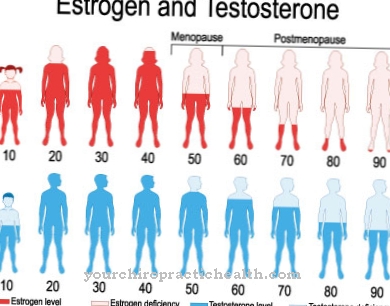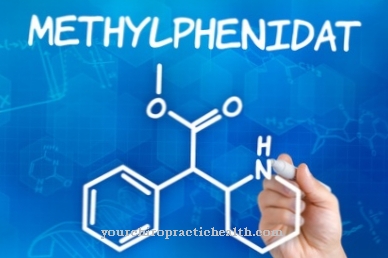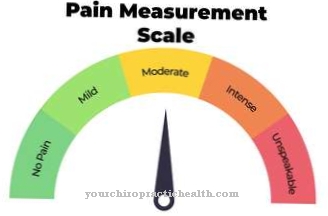Unhealed inflammation can spread to the body and lead to complications as a result. Such a follow-up reaction are the reactive arthritis and its special form, that Reiter syndrome.
What is reactive arthritis?

© doucefleur - stock.adobe.com
A reactive arthritis is joint inflammation as a secondary reaction to other inflammation in the body, e.g. B. airways, intestines, urinary tract or genital organs.
Reactive arthritis usually develops a few weeks after an infection. A trigger can often no longer be determined (often salmonella or venereal diseases such as chlamydia or gonorrhea).
Reactive arthritis is associated with characteristic symptoms: joint pain / swelling and overheating of the shoulder, elbow, knee or hip.
At the Reiter syndrome (also Reiter's triad), a special form of reactive arthritis, one suffers from conjunctivitis and urethritis in addition to joint problems.
causes
Both the reactive arthritis as well as Reiter's syndrome are caused by a previous bacterial infection (intestine, urinary tract, genital organs).
Both can arise if an infection is not treated or not treated completely. Then bacterial residues remain in the body, which are recognized and fought by the immune system.
On the other hand, the immune system can also react to the body's own antigens if these resemble the structures of bacteria (molecular mimicry). Joint inflammation can also occur if there are no more bacteria. Doctors speak of non-septic arthritis in this case. The antigen HLA-B27, which triggers the defense reaction, can be detected in the body of affected patients.
Symptoms, ailments & signs
Characteristic signs of reactive arthritis are swelling, redness and pain associated inflammation of the joints, which occur about two to four weeks after an infection of the respiratory tract, the urinary and genital organs or the intestine. Most of the hip, knee or ankle joints are affected, occasionally joint inflammations develop on the wrists, elbows or shoulders.
The inflammation of a finger or toe joint known as the "sausage finger" is also typical. As a rule, the symptoms only appear on one side of the body and are limited to one joint, only very rarely do several joints swell at the same time: however, successive inflammations in different joints can occur. An involvement of the spine or pelvis is noticeable through back pain that radiates to the buttocks and gets worse at night.
Scaly skin changes can occur as further symptoms, especially on the palms of the hands and soles of the feet, and painful blue-red nodules (erythema nodosa) occasionally develop on the ankles and lower legs. Eye inflammation associated with reactive arthritis is noticeable in the form of redness, burning, pain and increased sensitivity to light, and visual disturbances are also possible.
The conjunctiva as well as the cornea or iris can be affected. In men, there is occasional inflammation of the glans with pustules and reddening. A slight fever and a general feeling of illness are often given as unspecific signs.
Diagnosis & course
If one is suspected reactive arthritis or for Reiter's syndrome, a doctor confirms the diagnosis of reactive arthritis with various examinations and tests.
In the anamnesis, he first asks about complaints. He then examines the patient physically and takes blood, possibly also a urine or stool sample. If, in addition to reactive arthritis, inflammation of the eyes and urethra occurs at the same time, this is an indication of Reiter's syndrome.
A blood test can be used to determine whether there are other indications of reactive arthritis or Reiter's syndrome:
- Detection of the antigen HLA-B27 in the blood
- Markers of inflammation present
- no rheumatoid factors detectable
In addition to the blood test, the diagnosis of reactive arthritis can be confirmed by further tests:
- Urinalysis
- Stool examination
- Urethral smear
- Joint puncture
- X-ray examination
- Ultrasound examination
- Scintigraphy
If left untreated, both reactive arthritis and Reiter's syndrome can become severe. In most cases, reactive arthritis will heal within a year. In more severe cases - especially if several joints are affected and Reiter's syndrome also occurs - healing can take a very long time. As a complication, the inflammation can impair joint function or destroy tissue. If the eye is affected, vision can deteriorate.
Complications
Complications can arise if the inflammation that is present in reactive arthritis spreads to other parts of the body. Joint inflammation can affect the entire joint and permanently impair or even destroy the joint function. Any conjunctivitis that may be present can spread to adjacent eye structures and thereby impair vision.
Depending on the nature of the underlying inflammation, these “transition processes” can occur throughout the body and cause serious complications. Reiter's syndrome is a special form of reactive arthritis which, in addition to joint problems, leads to conjunctivitis and urethritis. Both forms cause severe pain, restricted mobility and permanent joint damage.
Because of the discomfort, some patients develop mental illnesses such as depression and anxiety. The trigger itself can also lead to discomfort and long-term consequences. In treating reactive arthritis, antibiotics and rheumatics are the main triggers for complications. Diclofena, ibuprofen and similar preparations can cause gastrointestinal complaints, headaches, muscle and limb pain, skin irritations and kidney or liver damage, for example. Alternative treatment methods such as cold applications and physiotherapy are relatively uncomplicated, apart from minor frostbite or temporary muscle pain.
When should you go to the doctor?
This type of arthritis should always be treated by a doctor. Self-healing cannot occur, so that the person concerned is always dependent on medical treatment to prevent further complications and complaints. The life expectancy of the person affected is limited by this arthritis in some cases. A doctor should be consulted if the patient suffers from inflammation of the joints or from severe infections of the respiratory tract. These symptoms usually come on suddenly. Swelling in the joints can also indicate this disease.
Those affected suffer from very severe back pain and are therefore significantly restricted in their everyday life. The inflammation can also affect the eyes, so that those affected are very sensitive to light and can also have visual disturbances. Furthermore, fever or generally a persistent feeling of illness is also an indication of this type of arthritis and must be examined by a doctor. The diagnosis of this arthritis can be made by the general practitioner. Further treatment, however, depends largely on the exact symptoms and their severity and is usually carried out by a specialist.
Treatment & Therapy
When treating the reactive arthritis As in the case of Reiter's syndrome, as with other inflammatory diseases, pain relief and healing of the inflammation are important. As a rule, non-stereoidal rheumatics such as ibuprofen, acetylsalicylic acid or diclofenac are prescribed.
When inflammation is detected in the body, antibiotics are given. In the case of a sexually transmitted disease, the partner is also treated. In reactive arthritis, however, there are no longer any inflammation parameters, so antibiotics are no longer needed. In this case, cold applications for pain relief and physiotherapy to maintain or restore joint mobility are very useful for joint pain.
If several joints are affected or if the inflammation has spread, cortisone is administered to avoid consequential damage. Eye inflammation must be treated quickly because of the risk of visual impairment.
prevention
The best prevention reactive arthritis is to protect yourself from infections of the intestines, urinary tract, and genital organs, which are the cause of reactive arthritis.Therefore it is important to adhere to hygiene rules in the household:
- clean hands and clean cookware when cooking
- Be careful with raw meat and raw eggs
- Wash fruit
Aftercare
Condoms help prevent sexually transmitted diseases. The reactive arthritis is considered healed after six months of therapy. However, the risk of relapse is very high. After successful therapy, it is important to observe the further course of the disease over time during follow-up care. Because in up to 50 percent of sufferers, the joint inflammation or other disease-related symptoms reappear after a few years.
The relapse-related course of the disease is on average 3 years. Disease courses of up to 15 years are also rarely possible. Relapsed inflammation of the joints should then be treated quickly in order to avoid permanent joint damage or changes. During follow-up care, the inflammation markers should therefore be determined regularly - at least every six months - by taking a blood sample.
Depending on the medical findings, X-ray and ultrasound examinations should also be carried out. Joint damage in the early stages can thus be discovered and treated in good time. In order to minimize the risk of relapse, sexual contacts should only be entered into with “medically secure” people during the relapse-related period of three years.
In addition to the high risk of relapse, chronic arthralgia, arthritis or tendon problems can manifest in up to 40 percent of sufferers. The focus of aftercare is on physiotherapeutic measures. Movement exercises and regular endurance sports can maintain or even improve joint mobility and muscles. In addition, drug therapy is regularly continued during aftercare.
You can do that yourself
As part of self-help, any inflammations suffered should always be completely cured. The organism is not fully resilient if an existing disease is not completely cured.
A healthy lifestyle and diet are important to support the healing process. The food intake should be balanced and rich in vitamins so that the immune system can mobilize enough defenses in the event of illness. The intake of pollutants such as alcohol and nicotine is fundamentally prohibited. Obesity should be avoided and sufficient daily exercise should also take place. A regular supply of fresh air is just as helpful as doing sports. Sufficient sleep and good sleep hygiene also help the body to stay healthy or to promote the healing process in the case of existing illnesses.
People with reactive arthritis should refrain from strenuous exercise. As soon as the body sends signals of fatigue, these should be taken into account. Rest and protection are necessary so that regeneration can take place. A restructuring of everyday life can help many people to improve their overall well-being. Care should be taken to ensure that tasks and obligations to be fulfilled are redistributed to people in the immediate vicinity as soon as they can no longer be adequately perceived by the person concerned.


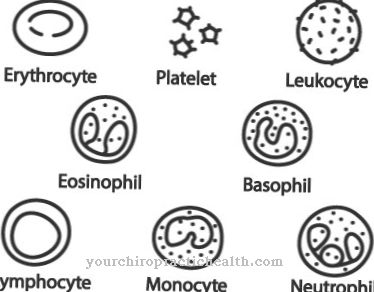
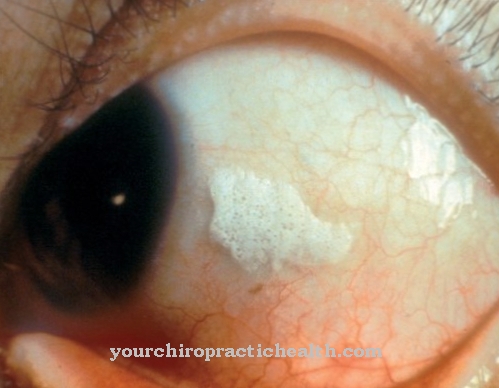
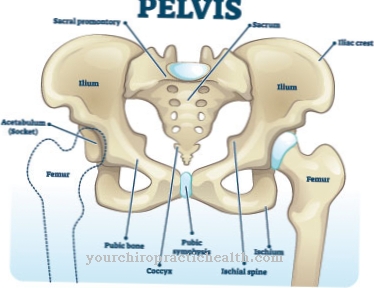
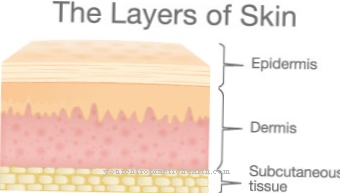
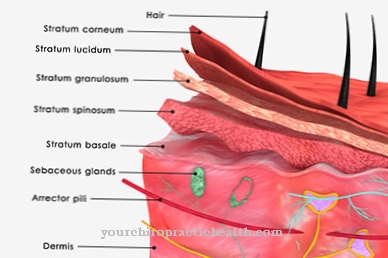

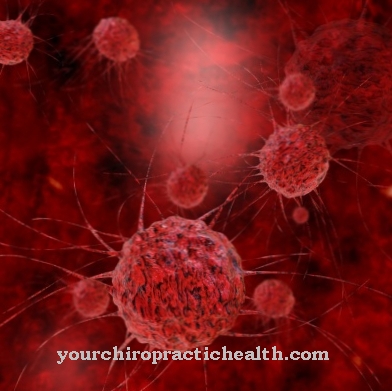


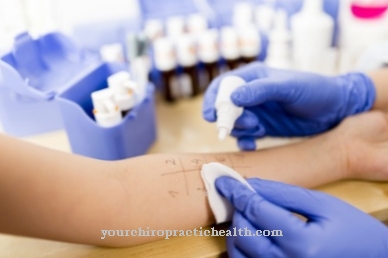
.jpg)
